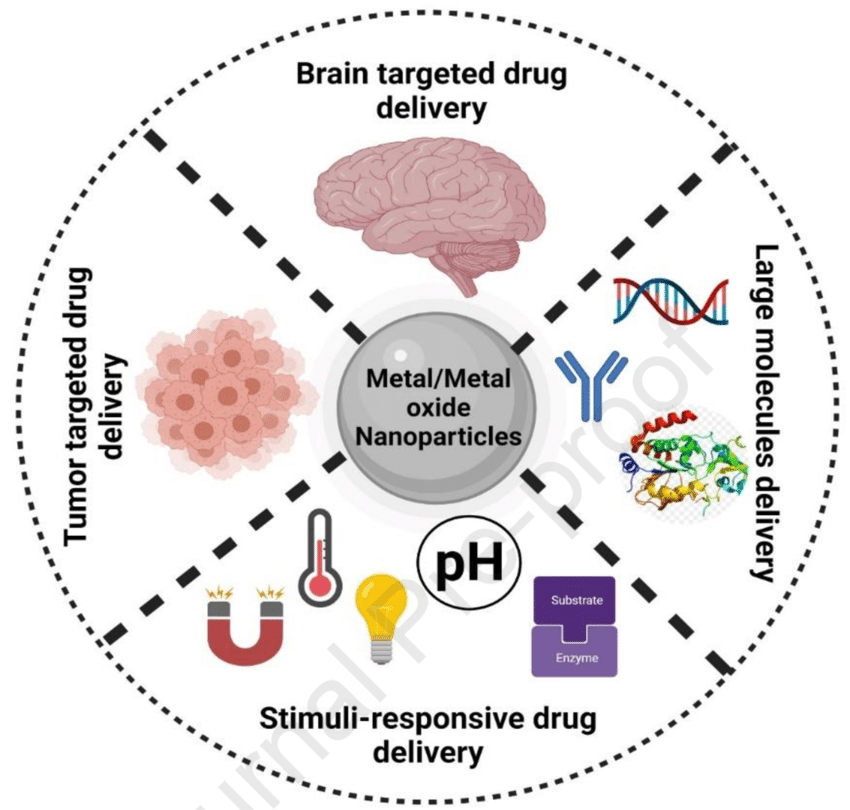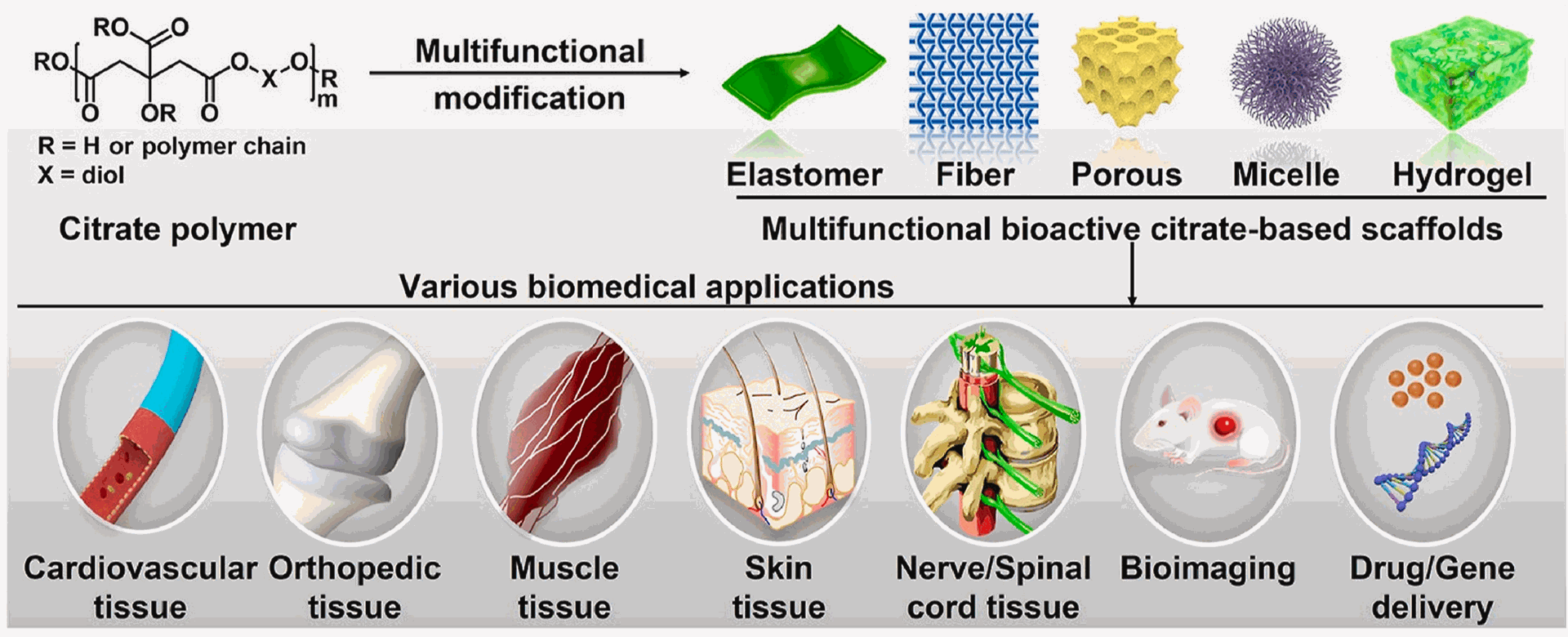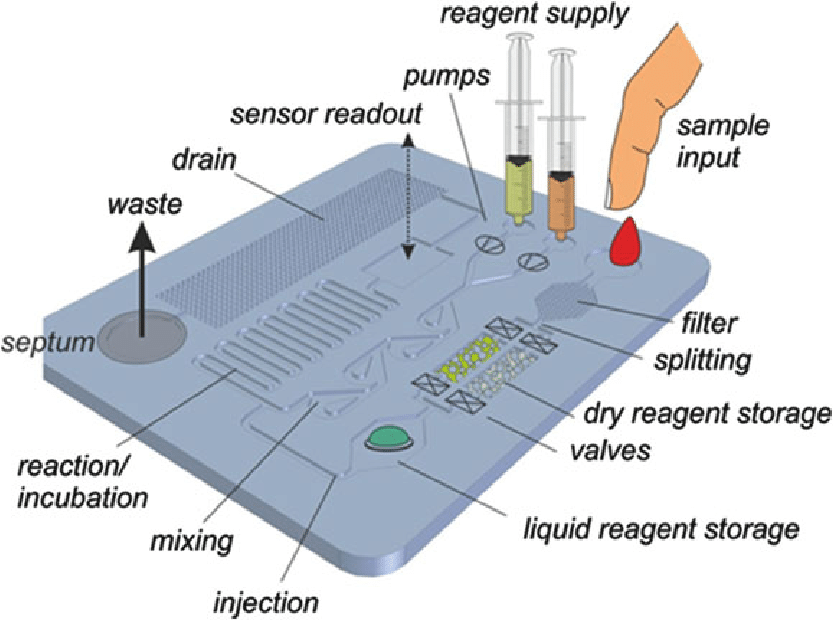Nanotechnology, the manipulation of matter at the atomic and molecular scale (1-100 nanometers), has exploded onto the scientific scene, revolutionizing how we approach research across diverse disciplines.
Tiny Tools, Big Impact: Current Applications in Lab Research
- Drug Delivery and Nanomedicine: Researchers are engineering nanoparticles to act as Trojan horses, delivering drugs directly to diseased cells while minimizing side effects. These nanoparticles can be designed to target specific biomarkers, enhancing treatment efficacy.
- Diagnostics and Biosensing: Nanoparticles are being employed to develop highly sensitive biosensors for early disease detection. These sensors can detect specific biomarkers associated with diseases like cancer at minuscule concentrations, enabling earlier intervention.
- Biomaterials and Tissue Engineering: Nanotech is paving the way for the development of novel biomaterials that mimic the natural extracellular matrix, potentially revolutionizing tissue engineering and regenerative medicine.
Future Visions: Where Nanotechnology Takes Us
The potential applications of nanotechnology in research are vast and constantly evolving. Here's a glimpse into what the future might hold:
- Nanorobots and Targeted Therapies: The futuristic concept of nanorobots – microscopic machines that can navigate within the body – is no longer science fiction. Researchers envision these nanorobots performing targeted therapies, like delivering precise doses of medication directly to diseased cells or performing microsurgeries within the body.
- Lab-on-a-Chip Diagnostics: Imagine a miniaturized laboratory housed on a single chip! Nanotechnology is facilitating the development of such microfluidic devices capable of performing complex analyses with a single drop of blood, enabling rapid and point-of-care diagnostics.
- Revolutionizing Materials Science: Nanoparticles can imbue materials with unique properties – think ultra-strong, lightweight materials or self-healing polymers. These advancements hold immense potential for applications ranging from aerospace engineering to construction.
Challenges and Considerations
Despite its immense promise, nanotechnology also presents challenges. The potential environmental and health impacts of nanoparticles require careful consideration and ongoing research. Additionally, ethical considerations surrounding the use of sophisticated nanotechnologies in medicine and diagnostics need to be addressed.
Conclusion
Nanotechnology offers a powerful toolkit for researchers, enabling groundbreaking discoveries and the development of next-generation technologies. As we delve deeper into this fascinating realm, responsible research and development practices will be paramount to ensure nanotechnology fulfills its potential for improving human health and well-being.
Explore the applications of nanotechnology in life sciences in this video


